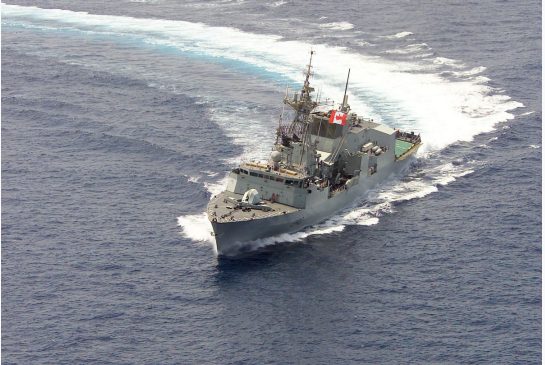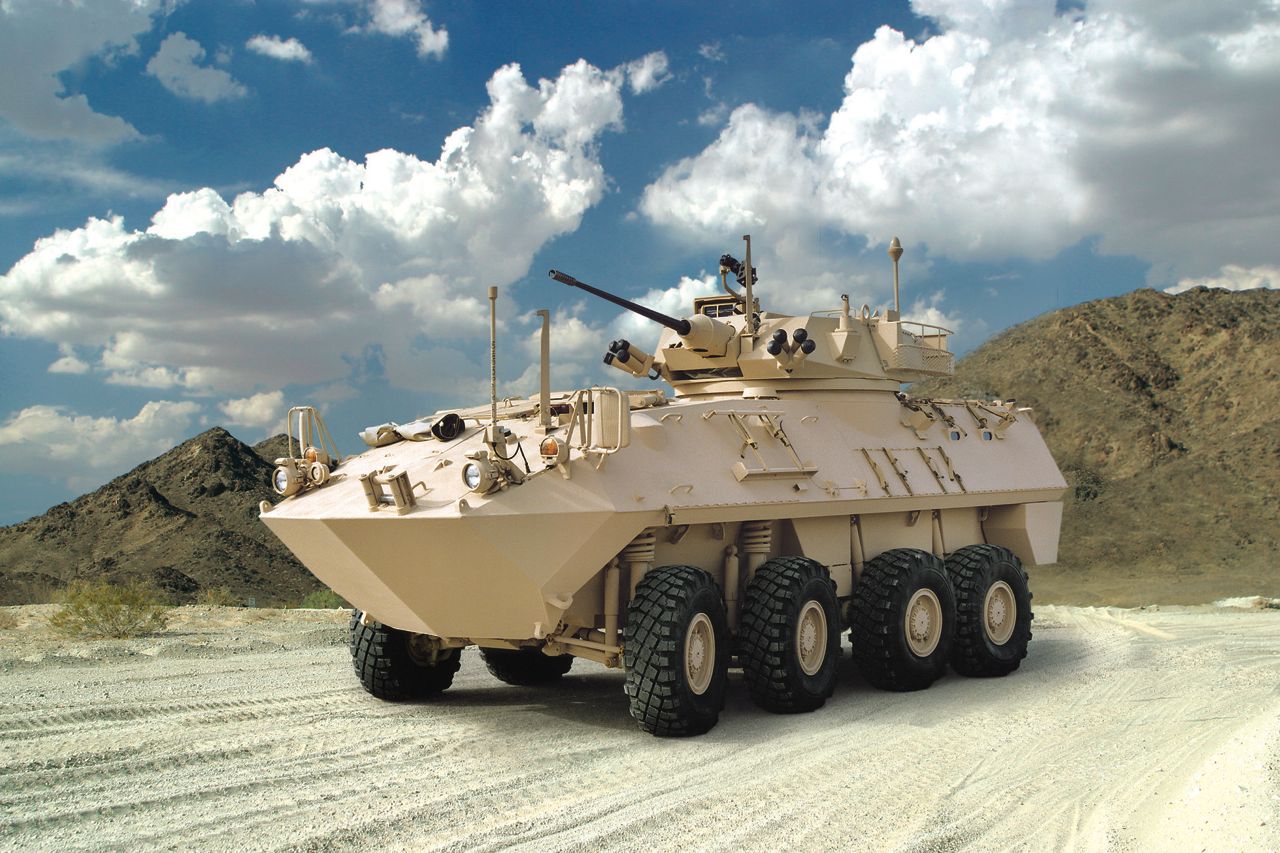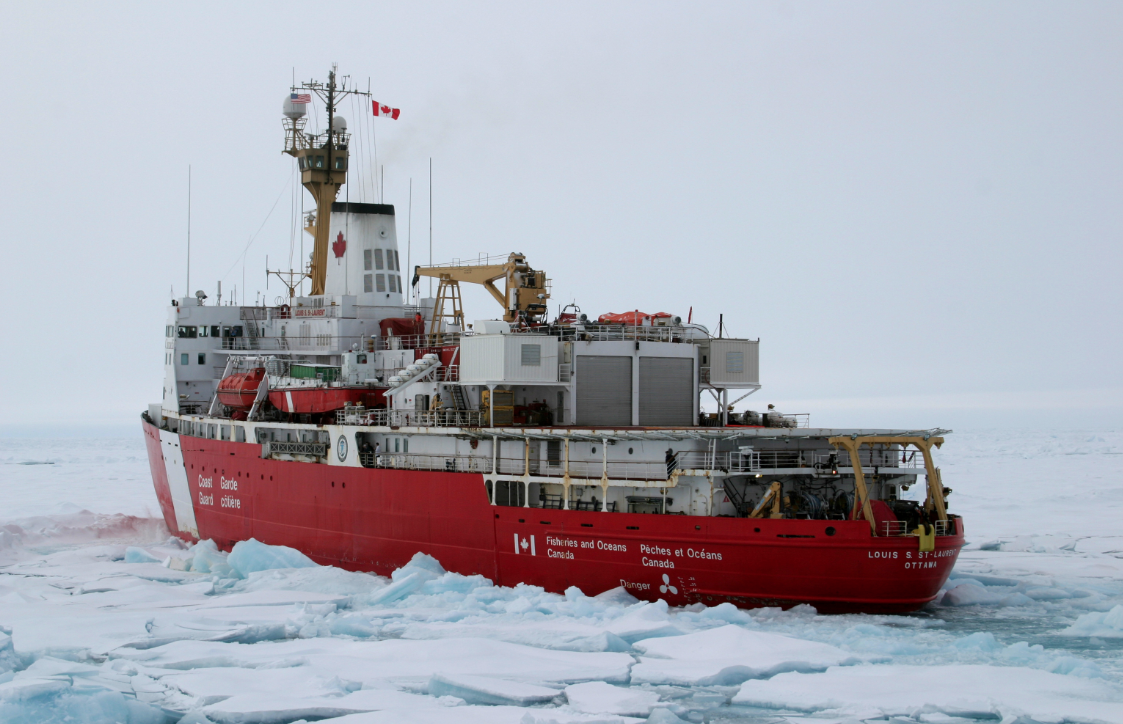In recent years, there has been a dynamic discussion underway about the future of the Royal Canadian Navy emphasizing its ‘blue water’ capabilities. Canada has always been a country with enormously long and often remote coastlines. With the melting of the Arctic ice caps much of Canada’s northern coastline is becoming more accessible, but unlike many of its major allies, Canada currently does not have dedicated heavy sealift and amphibious capabilities.

The Royal Canadian Navy currently has two Protecteur-class auxiliary oil replenishment ships that “re-supply task groups at sea with food, munitions, fuel, spare parts and other supplies.” With a range of over 7,500 nautical miles, the two ships (one based on each of Canada’s main coasts) enable the RCN task forces to operate far from their home ports. The role of these auxiliary ships is important as it allows the RCN to operate internationally, both in combat situations and other circumstances such as providing humanitarian aid. As part of the National Shipbuilding Procurement Program, Joint Support Ships would be built to replace the aging Protecteur-class. In 2013, the Federal Government announced that the newly named Queenston-class of auxiliary vessels would be based on the design of the German Navy’s Berlin-class supply ships. Built to replenish other ships at sea, the Queenston-class will also have limited sealift capabilities to support Canadian Army operations.
Many of Canada’s allies have placed a greater emphasis on sealift and amphibious capabilities. The Royal Australian Navy, for instance, operates a Bay-Class Landing Ship, the HMAS Choules, which it purchased from the United Kingdom in 2011. The Royal Australian Navy is also building two Canberra-class Landing Assault Ships to expand its amphibious and force projection capabilities and operates several other vessels that serve in heavy sealift and oil replenishment roles.
The National Shipbuilding Procurement Strategy and particularly the acquisition of new Queenston-class auxiliary ships offer an important moment for reflection. Should Canada make a greater investment in its strategic sealift and amphibious capabilities? As a country with one of the world’s longest coastlines, can Canada afford not to allocate more resources to expanding these capabilities? At this point, the planned Queenston-class ships will primarily have a replenishment role with limited sealift capabilities. Neither vessel will provide Canada with much needed amphibious capabilities. In addition, the current plan leaves no room for error, with one Queenston-class vessel for each of Canada’s Pacific and Atlantic fleets.
The current plan leaves no room for error, with one Queenston-class vessel for each of Canada’s Pacific and Atlantic fleets. In fact, currently only one of Canada Protecteur-class ships is currently operational. In February 2014, HMCS Protecteur was damaged by a severe engine fire while underway in the Pacific Ocean. The Protecteur was initially towed to Pearl Harbour and before finally being escorted by a naval salvage tug to Canadian Forces Base Esquimalt in late May. HMCS Protecteur was originally “scheduled to be taken out of service sometime between 2016 and 2017”. According to the National Post, the damage was so extensive that the Royal Canadian Navy “is going to assess whether it’s financially viable to repair the ship or simply dispose of it sooner.”
There are important differences between Canada and Australia on this issue. Due to Canada’s geographic location and close relationship with the United States, it has less of a need for naval force projection. But strategic sealift and amphibious capabilities have a diverse range of uses other than combat. Having such capabilities would better equip the Royal Canadian Navy to provide humanitarian aid, respond to natural disasters (especially in more remote stretches of coastline), engage in search-and-rescue operations and participate in United Nations peacekeeping missions.




